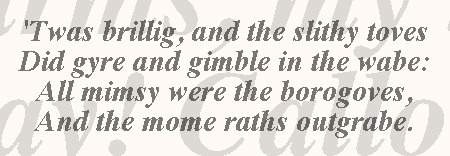Thinking about it more, I guess there really was no way for Mitt Romney to disavow his remarks during that surreptitiously recorded speech to big-pocket donors. Unlike his somewhat stiff demeanor during public appearances, the video shows him looking and sounding calm, centered and relaxed, very much at peace with himself and with the ideas he is expressing.
We are clearly witnessing a man who is conveying sincerely held beliefs, communicating concepts that to him are inner truths. You really can’t back away from a performance like that. All you can do is move forward with it, and hope for the best.
Yet there is something else going on here. The fact that the video exists at all is an indication of a fundamental generational shift — a shift that until now went unnoticed by many in Romney’s generation.
Until perhaps five years ago, you could safely say anything you wanted to your inner core of supporters. The limits of technology imposed a zone of safety around such situations. That zone is gone, and it isn’t coming back. SmartPhones are everywhere, and just about any event can be surreptitiously recorded.
Interestingly, Barack Obama probably understands this shift quite well. Being only 51 (as opposed to Romney’s 65), he is young enough to understand that there is no longer such a thing as a “private dinner speech”.


